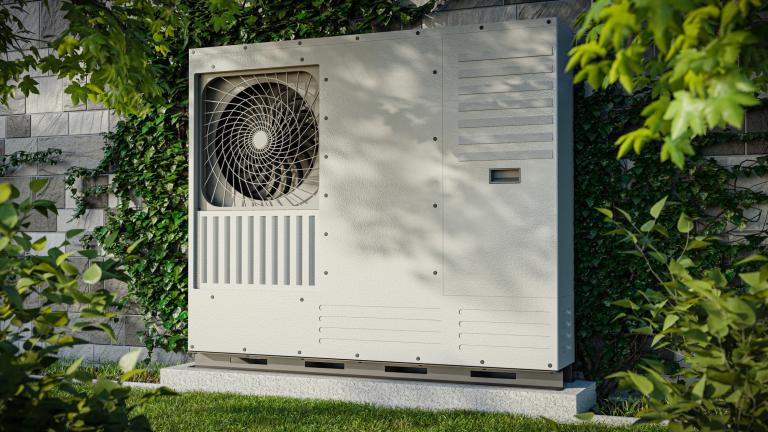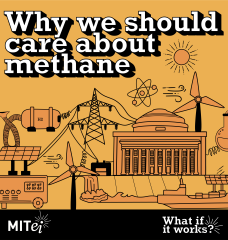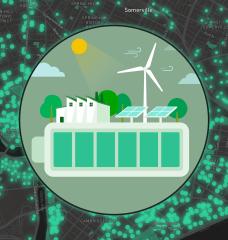
Heat pumps are having a surprisingly equitable moment in the spotlight.
Using electricity, heat pumps can both heat and cool homes. And according to new research, the appliances are now just as common in low-income households in the US as they are in wealthier homes. That pattern is unusual among consumer climate technologies, many of which are much more likely to be adopted by the wealthy.
Heating buildings is a huge climate problem—roughly 10% of global emissions come from our efforts to keep our indoor spaces comfortable. That’s why governments are eager for people to adopt new appliances like heat pumps that can run on electricity, which could help replace systems that burn fossil fuels.
But historically, changes that reduce emissions haven’t been distributed equally. In the US, the richest households are about five times more likely than low-income groups to have solar panels and about 10 times more likely to drive electric vehicles. Even lower-cost technologies like high-efficiency washing machines and LED lightbulbs are more likely to be used in higher-income homes.
Heat pumps don’t appear to follow that trend, according to the data from a 2020 survey on US household energy use, which was released in March 2023 by the US Energy Information Agency.






